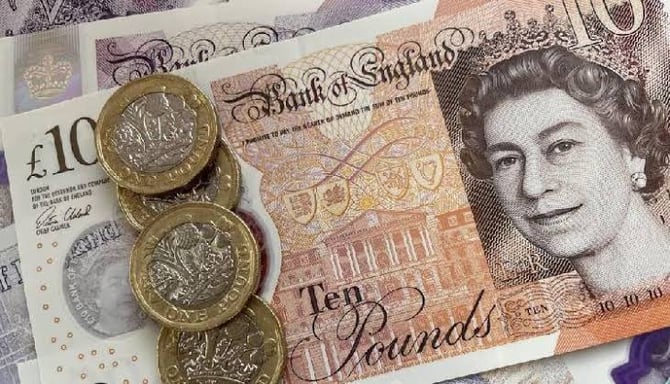Sterling Faces Continued Pressure Amid Rate Cuts

The British pound is under pressure after its longest losing streak in nearly a year, with the GBP/USD pair falling over 2% since mid-July, when it peaked at a one-year high of 1.30. As of Friday morning, the pair was trading at 1.27. Similarly, the GBP/EUR pair has dropped approximately 1.84% since late July, from near two-year highs of 1.19 to 1.16.
This downward pressure on the sterling is largely attributed to the Bank of England's (BOE) recent decision to cut interest rates for the first time in four years. On August 1, the central bank lowered its key rate from a 16-year high of 5.25% to 5%. This decision, made with a narrow 5-4 vote by the Monetary Policy Committee, has sparked speculation that further rate cuts could be on the horizon, potentially weakening the pound further.
Despite these cuts, BOE Governor Andrew Bailey has indicated a cautious approach to additional rate reductions. Investors remain concerned that inflationary pressures could persist, potentially rising to 3% by year-end. Factors such as an expected increase in the energy price cap, public sector pay agreements, and global uncertainties—like the potential impact of another Trump presidency in the US—contribute to these inflation concerns.
What Does This Mean for Me?
The sterling’s future performance will likely hinge on developments in the US economy and Federal Reserve policy. If the Fed implements several rate cuts and manages a soft landing for the economy, the sterling could see some recovery. However, should the US economy falter, demand for the dollar as a safe haven could push the pound lower.
More News
.webp)
US Dollar Faces Biggest 6-Month Drop in Half a Century
6 months ago
.webp)
Dollar Slips to Three-Year Low as Trump Eyes Early Fed Appointment
6 months ago
.webp)
AI-Powered Trading Bots Bring a New Kind of Threat
7 months ago
.WEBP)
Euro Value Surges as Markets React to Tariff Shock
9 months ago

Euro’s Slide: What’s Behind the Drop and What’s Next?
1 year ago

Sterling Gains Against Euro as Central Banks Move Apart
1 year ago

Euro Remains Steady Amid Tariff Threats
1 year ago

Euro Stays Under Pressure Amid Economic and Political Shifts
1 year ago